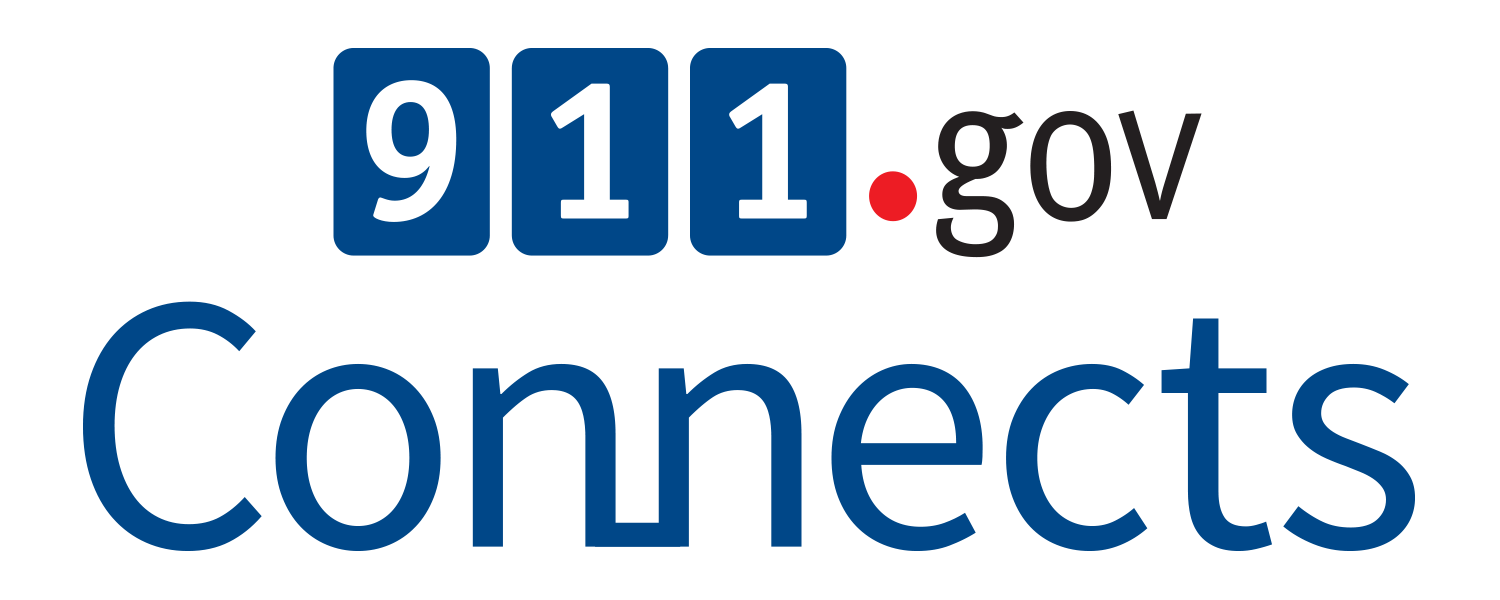IPAWS Warning Program Aims to Save Lives Through Digital Communication

The easy-to-use IPAWS digital warning system proves to be effective in alerting the public of natural disasters and emergencies
When Hurricane Katrina struck New Orleans in 2005, it claimed nearly 2,000 lives, caused more than $80 billion in property damage and made history as the largest hurricane in United States history. The widespread destruction led to the reorganization of FEMA, new evacuation procedures, and the development of the Integrated Alert & Warning System known as IPAWS. A number of Public Safety Answering Points (PSAPs) currently make up some of the over 1,000 designated authorities that can use IPAWS to quickly communicate to the public in life-threatening emergencies and disasters.
IPAWS allows safety officials to quickly alert the public in specific geographic areas about life-threatening emergencies and disasters such as severe weather, active shooters or Amber Alerts. The platform requires no opt-in and allows originators to send warnings and safety procedures through text, TV, radio, and other mediums.
A call to 911 can save a life. With IPAWS, a call from 911 can save a community.
A number of PSAPs currently make up some of the 1,000 designated authorities that can originate alerts. Through the platform, 911 can create a single public alert using numerous delivery methods, including apps, websites and social media, which have been proven to improve response times. Across the country, there are countless success stories in which PSAPs saved lives by initiating IPAWS alerts. In Pennington County, SD, residents received warnings and safety instructions of an incoming blizzard. In San Jose, CA, an Amber Alert was issued after a vehicle was stolen with a child in it. As a direct result, a woman who received the alert spotted the car, and was able to help save the child.
IPAWS is a powerful tool for emergency communications. PSAPs can become a notification originator through a four-step process:
Obtain IPAWS-compatible alerting software
Sign a Memorandum of Agreement with FEMA for use of IPAWS
Work with the state to obtain public alerting authority permissions
Complete online IPAWS training through the Emergency Management Institute
To find out more information about the program and how to become an IPAWS alert originator, visit the website, or contact ipaws@fema.dhs.gov.



